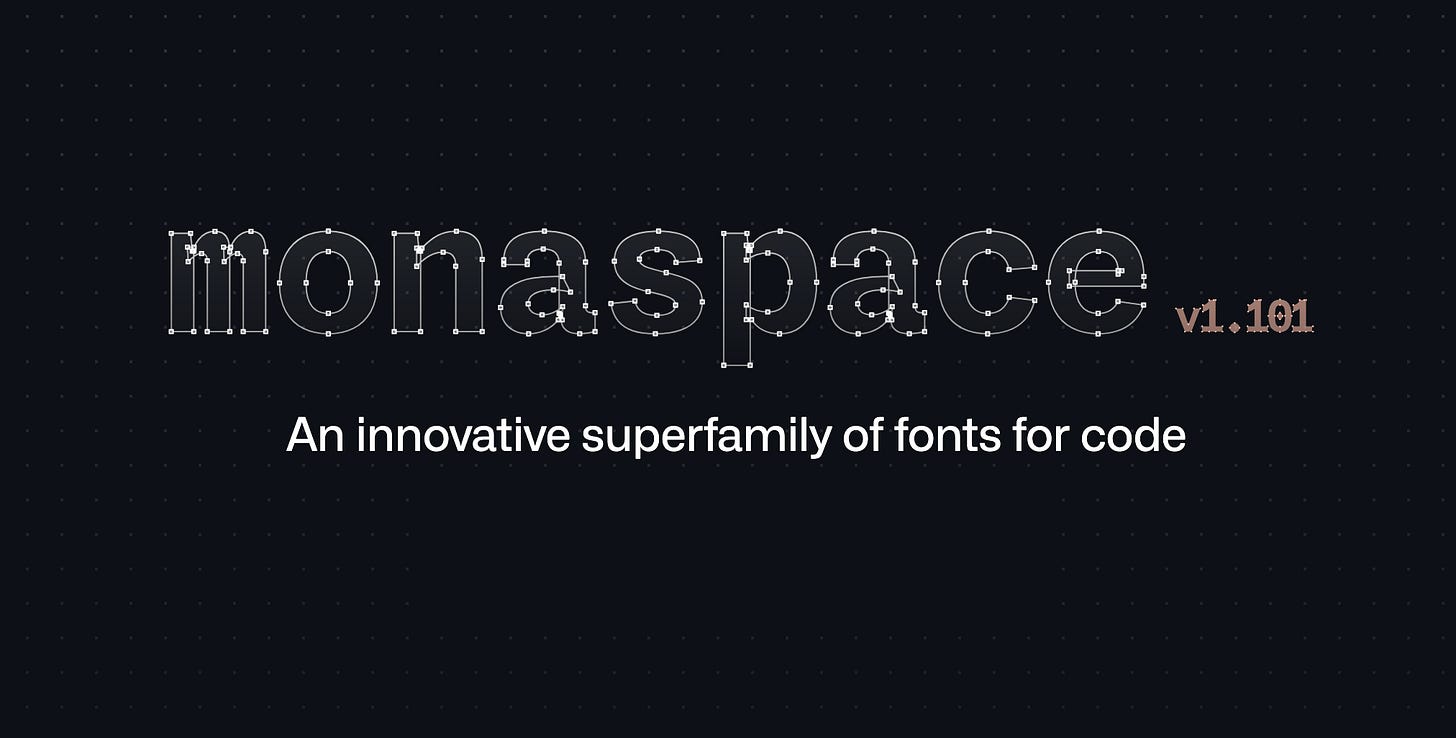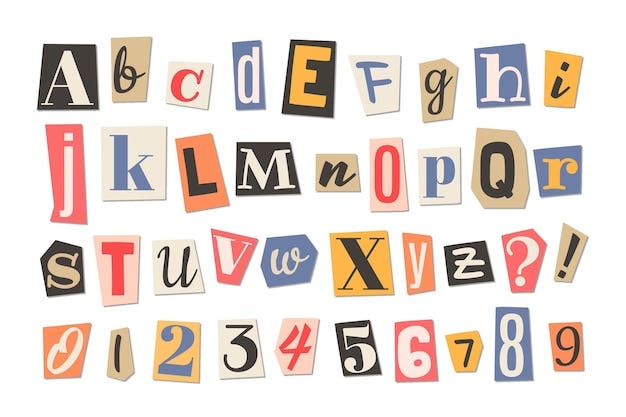What Are 'Monaspace' Fonts And Why Should Technical Writers Care
Discover an innovative superfamily of fonts for code
Let’s face it: as technical writers, some of us spend a inordinate of time staring at code blocks, inline commands, and system outputs. And when we’re not deciphering the latest JavaScript spaghetti, we’re formatting Markdown in Docs-as-Code workflows that feel like a modern-day version of the myth of Sisyphus.
Enter Monaspace fonts—a new type family that promises to make our lives easier and our documentation more readable.
Before you roll your eyes and mutter, “Another font?” let me explain why Monaspace isn’t just another fancy typeface. It’s a font system designed explicitly for technical content, and it might just make you fall in love with typography. Or at least tolerate it more.
What Are '“Monaspace” Fonts?
Monaspace is the Swiss Army knife of fonts: versatile, practical, and unexpectedly stylish. It’s a family of five distinct fonts—Neon, Argon, Xenon, Radon, and Krypton—each with its personality and purpose.
Think of them as your new best friends in technical writing, with features like seamless style mixing, texture healing (yes, that’s a thing), and metrics consistency.
Monospaced fonts (on the other hand) don’t play nice with others. Each has its own set of rules (metrics), so mixing them can introduce challenges.
Enter Monaspace Fonts — The Peacemakers of the Font World
Designers created monaspace fonts to mix and match without drama.
Want to add more personality to your code? Want to make it easier to process and understand? With monaspace fonts, you can build interfaces that bring order to the chaos and give your code the structure it deserves.
Monaspace empowers writers to juggle code, comments, and prose in the same document.
Why Should You Care?
Monaspace fonts address the common issue of monospaced fonts squishing letters together or spacing them awkwardly by using texture healing. This feature ensures uniform spacing and makes code blocks and inline snippets easier on the eyes.
Monaspace fonts also let you mix and match styles to convey meaning. Comments? Use a handwritten style. Auto-generated text? Try something bold. All without looking like a ransom note.
Monaspace’s flexibility isn’t just for show; the ability to mix styles helps your readers quickly differentiate between types of content, especially when syntax highlighting isn’t available.
Docs-as-Code workflows demand consistency across platforms, and Monaspace delivers. Whether your documentation is a PDF, HTML file, or printed user guide, Monaspace may help you ensure your content looks polished and professional everywhere.




